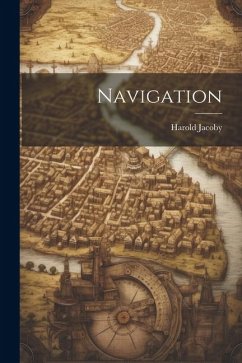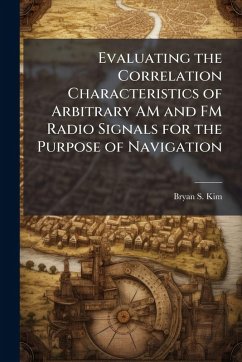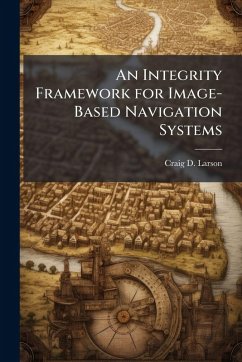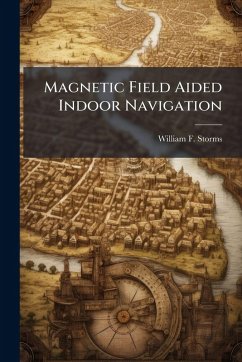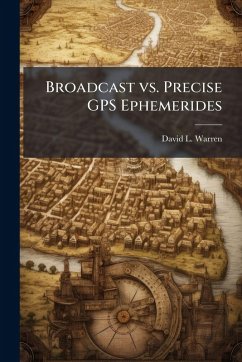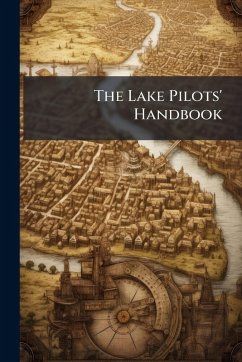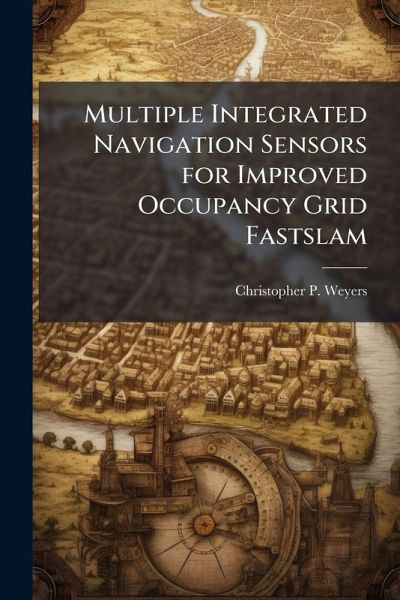
Multiple Integrated Navigation Sensors for Improved Occupancy Grid Fastslam
Versandkostenfrei!
Versandfertig in über 4 Wochen
17,99 €
inkl. MwSt.
Weitere Ausgaben:

PAYBACK Punkte
9 °P sammeln!
An autonomous vehicle must accurately observe its location within the environment to interact with objects andaccomplish its mission. When its environment is unknown, the vehicle must construct a map detailing its surroundingswhile using it to maintain an accurate location. Such a vehicle is faced with the circularly defined SimultaneousLocalization and Mapping (SLAM) problem. However difficult, SLAM is a critical component of autonomous vehicleexploration with applications to search and rescue. To current knowledge, this research presents the first SLAM solutionto integrate stereo cameras, in...
An autonomous vehicle must accurately observe its location within the environment to interact with objects andaccomplish its mission. When its environment is unknown, the vehicle must construct a map detailing its surroundingswhile using it to maintain an accurate location. Such a vehicle is faced with the circularly defined SimultaneousLocalization and Mapping (SLAM) problem. However difficult, SLAM is a critical component of autonomous vehicleexploration with applications to search and rescue. To current knowledge, this research presents the first SLAM solutionto integrate stereo cameras, inertial measurements, and vehicle odometry into a Multiple Integrated Navigation Sensor(MINS) path. The implementation combines the MINS path with LIDAR to observe and map the environment using theFastSLAM algorithm. In real-world tests, a mobile ground vehicle equipped with these sensors completed a 140 meterloop around indoor hallways. This SLAM solution produces a path that closes the loop and remains within 1 meter oftruth, reducing the error 92% from an image-inertial navigation system and 79% from odometry FastSLAM. This work has been selected by scholars as being culturally important, and is part of the knowledge base of civilization as we know it. This work was reproduced from the original artifact, and remains as true to the original work as possible. Therefore, you will see the original copyright references, library stamps (as most of these works have been housed in our most important libraries around the world), and other notations in the work. This work is in the public domain in the United States of America, and possibly other nations. Within the United States, you may freely copy and distribute this work, as no entity (individual or corporate) has a copyright on the body of the work. As a reproduction of a historical artifact, this work may contain missing or blurred pages, poor pictures, errant marks, etc. Scholars believe, and we concur, that this work is important enough to be preserved, reproduced, and made generally available to the public. We appreciate your support of the preservation process, and thank you for being an important part of keeping this knowledge alive and relevant.



